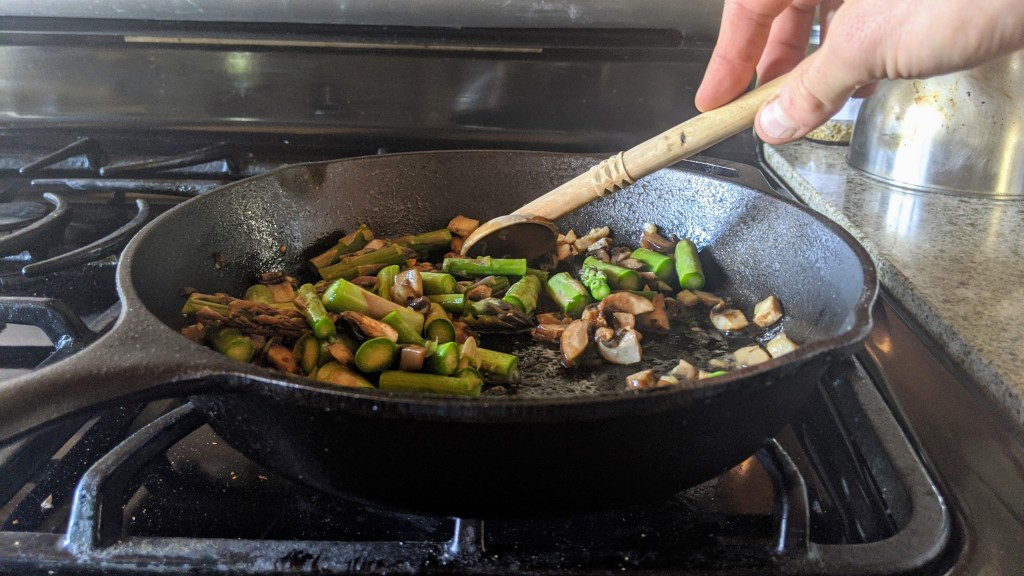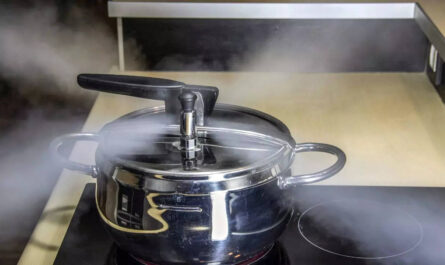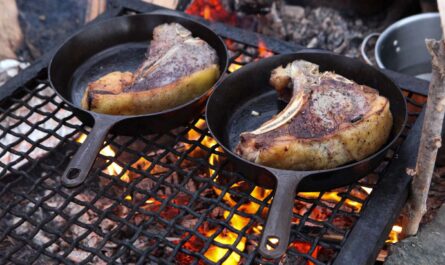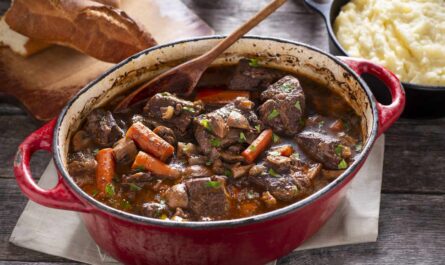Cooking chicken breast can be intimidating for some, especially if you want it juicy, flavorful, and perfectly cooked. However, using a cast iron skillet and finishing it off in the oven is a foolproof way to achieve restaurant-quality chicken. In this guide, I will walk you through how to cook chicken breast in cast iron skillet and oven, ensuring delightful flavors and proper techniques.
If you’re a sushi lover looking to expand your culinary skills beyond raw fish, this method will give you tremendous confidence in the kitchen!

Why Use a Cast Iron Skillet?
Before diving into the process, let’s talk about why a cast iron skillet is ideal for this. It evenly distributes heat, retains it exceptionally well, and adds a beautiful sear to your chicken breast. Plus, it is oven-safe, making it the perfect kitchen tool for this two-step cooking method.
Cast iron pans also bring out the natural flavors of meat. If you’re interested, you can apply similar techniques for other dishes, like what we discussed in beef fajitas.
Gathering the Ingredients
To start, youll need some basic ingredients:
- 2-4 boneless, skinless chicken breasts
- Salt and pepper to taste
- Olive oil or avocado oil
- Your choice of seasoning (paprika, garlic powder, Italian seasoning, etc.)
Preparing the Chicken Breast
1. Choosing the Right Chicken
Select fresh, high-quality chicken breasts. Make sure they are similar in thickness, as this allows for even cooking.
2. Flattening the Chicken Breast
Use a meat mallet to flatten the thickest part of the breast. This ensures consistent cooking and avoids drying out thinner areas.
3. Seasoning
Season both sides generously with salt, pepper, and any other seasonings you love. Let the chicken sit for 10-15 minutes to absorb the flavors.
Step-by-Step Guide to Cooking
1. Preheat and Heat Your Skillet
Preheat your cast iron skillet on the stovetop over medium-high heat. Add a tablespoon of oil and swirl it to coat the surface. For more on skillet preparation, check out this external guide.
2. Searing the Chicken
Place the chicken breasts in the skillet and leave them untouched for 3-4 minutes. This allows for a golden-brown sear to develop. Flip the chicken and sear the other side.
3. Transition to the Oven
Preheat your oven to 375F. Place the entire cast iron skillet in the oven. Cook for 10-15 minutes or until the internal temperature of the chicken reaches 165F.
4. Resting the Chicken
Remove the chicken from the oven and let it rest on a plate for at least 5 minutes. This allows the juices to redistribute, keeping your chicken moist.
Serving Suggestions
Serve your perfectly cooked chicken breast alongside roasted vegetables or a fresh salad. If you’re feeling adventurous, pair it with sushi-inspired sides for a fusion dining experience!
Common Mistakes to Avoid
- Skipping the meat thermometer: Always check for an internal temperature of 165F.
- Moving the chicken too early: Allow it to sear without disturbance.
- Skipping the resting period: This is crucial for retaining juiciness.
Internal Resources to Check Out

FAQs About Cooking Chicken in Cast Iron and Oven
1. Can I use bone-in chicken breasts?
Yes, but the cooking time will be a bit longer. Make sure to double-check the internal temperature to ensure they are cooked through.
2. What oil is best for searing chicken?
High smoke point oils like avocado oil or grapeseed oil are ideal for searing chicken in a cast iron skillet.
3. How can I prevent the chicken from sticking to the skillet?
Ensure your skillet is properly preheated and oiled before placing the chicken in it.
For additional information, feel free to explore more recipes and tips at Taste of Home.
This article contains affiliate links. We may earn a commission at no extra cost to you.




